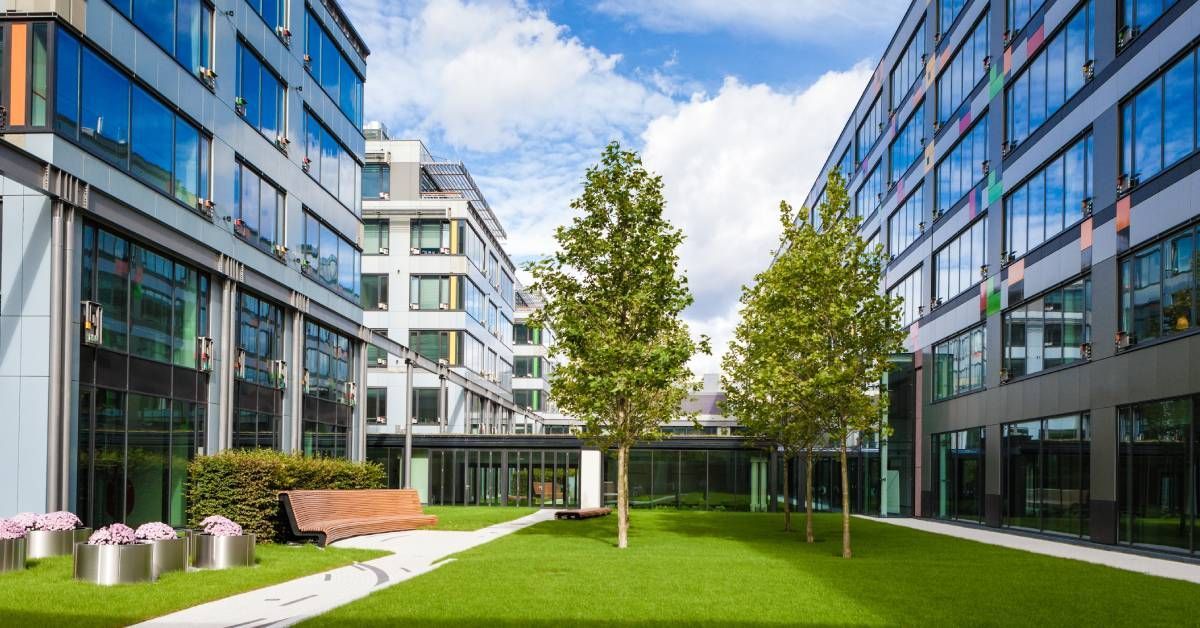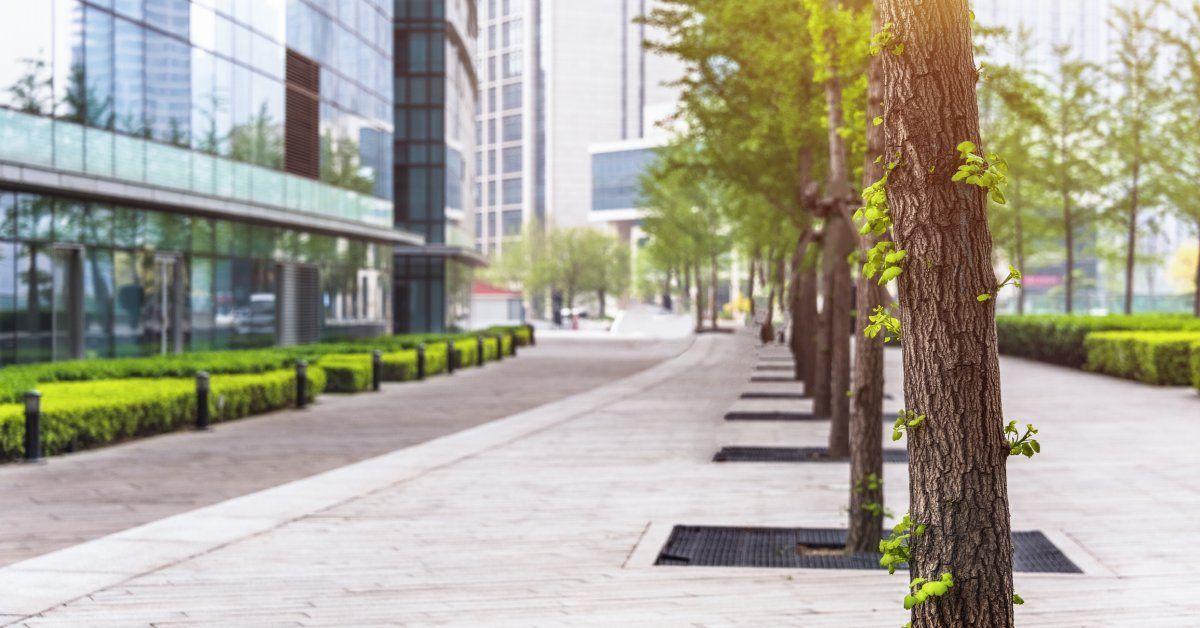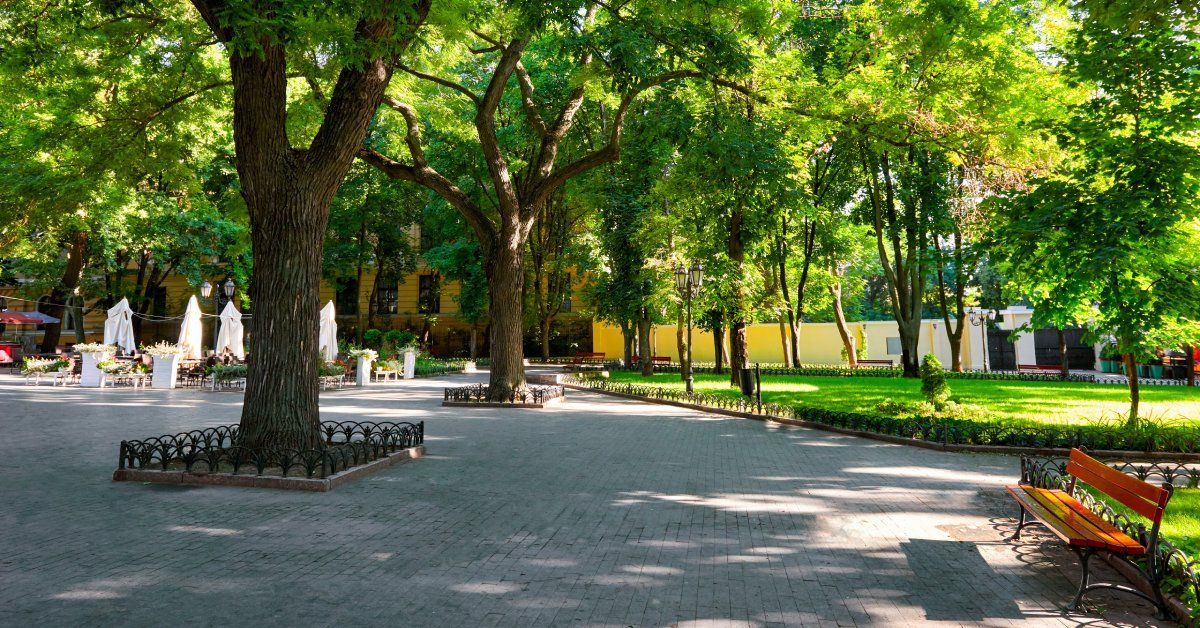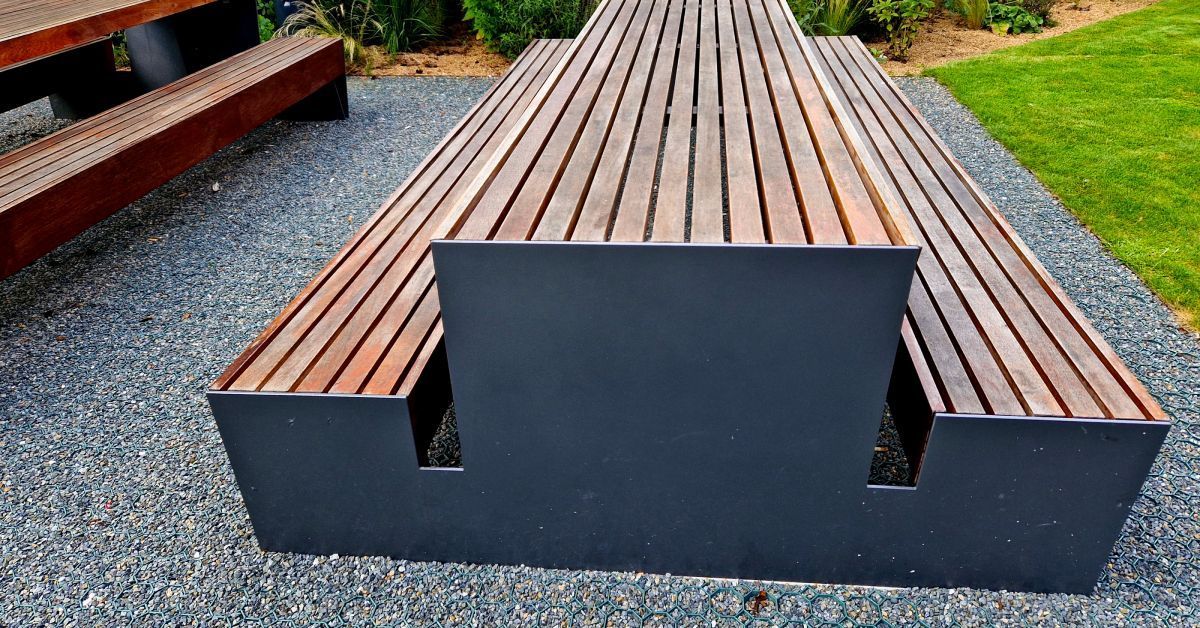Permeable Tree Pits vs. Tree Grates: A Brief Overview
Trees are essential for creating healthy and sustainable urban environments. They provide shade, reduce the urban heat island effect, and filter pollutants from the air. The challenge is planting trees in our cities without neglecting essential infrastructure, such as sidewalks and utilities. Resin-bound tree pits and tree grates are common solutions that provide safe and healthy growing conditions for trees while keeping the surrounding areas safe for pedestrians. In this brief overview, we’ll explore the differences between permeable tree pits and tree grates and how they can contribute to the sustainability of urban landscapes.
Permeable Tree Pits
Resin-bound permeable tree pits allow stormwater to infiltrate the soil underneath the tree, providing natural irrigation that sustains the tree while replenishing groundwater resources. The tree pit consists of a contoured topsoil layer that covers compacted aggregate material. The topsoil layer is usually six to eight inches deep and contains a mixture of soil, compost, and mulch to promote healthy root growth. The subsoil layer sits at a depth of two to three feet and includes crushed stone or gravel. This creates a void space that collects and stores rainwater, allowing it to slowly percolate into the surrounding soil.
Tree Grates
Conversely, tree grates are metal frames that cover the soil around a tree, providing structural support and preventing soil compaction due to pedestrian traffic. Tree grates are common along sidewalks, plazas, or urban parks. The grates range in size and design, from simple rectangular or circular frames to ornate motifs that complement the surrounding architecture. Tree grates are usually level with the sidewalk surface or slightly below it to allow rainwater to drain into the soil underneath.
The Core Differences
Now that you know the basics of resin-bound permeable tree pits and tree grates, we can discuss their primary differences. Both options offer unique benefits and properties to consider when selecting a tree protection system for an urban project. Since they’re completely permeable, resin-bound tree pits provide a natural irrigation system that helps the tree grow and thrive while also contributing to the stormwater management system. Conversely, tree grates provide structural support and prevent soil compaction, making them effective in high-traffic areas where there’s a risk of erosion and damage to the soil.
Both permeable tree pits and tree grates require regular maintenance to ensure effectiveness and longevity. However, permeable systems are much more self-sustainable. A properly designed resin-bound permeable tree pit provides adequate irrigation for a tree while preventing water wastage and maintaining soil structure.
Additionally, they contour better over time, stay cleaner than metal grates, and present less of a tripping hazard. Because of this, they’re some of the best ways to promote green spaces in urban areas and maintain the safety and appeal of the community as a whole.
On the other hand, proper maintenance of tree grates includes the removal of debris, litter, and leaves that accumulate within the grate. Also, they require regular inspections to ensure the grate’s structural integrity.
Maintaining the biodiversity of our cities is crucial to ensuring these environments remain attractive and safe. But you’ll need the proper planting solution to keep your trees thriving. As a leading supplier of permeable paving, we’re confident that we have the materials necessary to help you craft a high-performing alternative to cast iron tree grates. Our aggregates come in a diverse range of colors and promote the perfect growing environment without the added maintenance.










